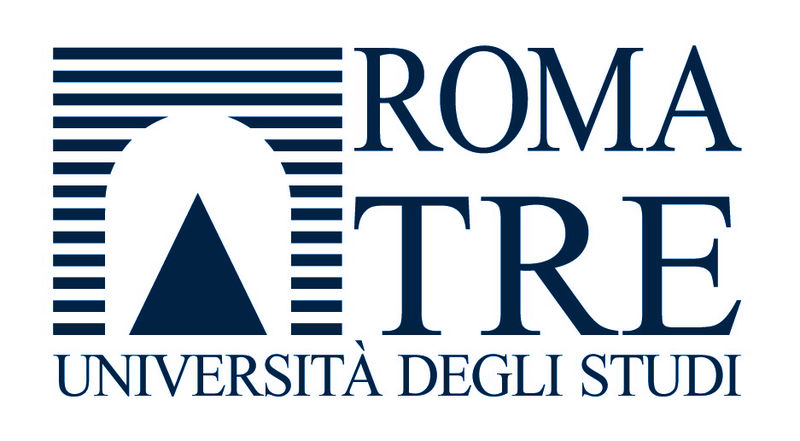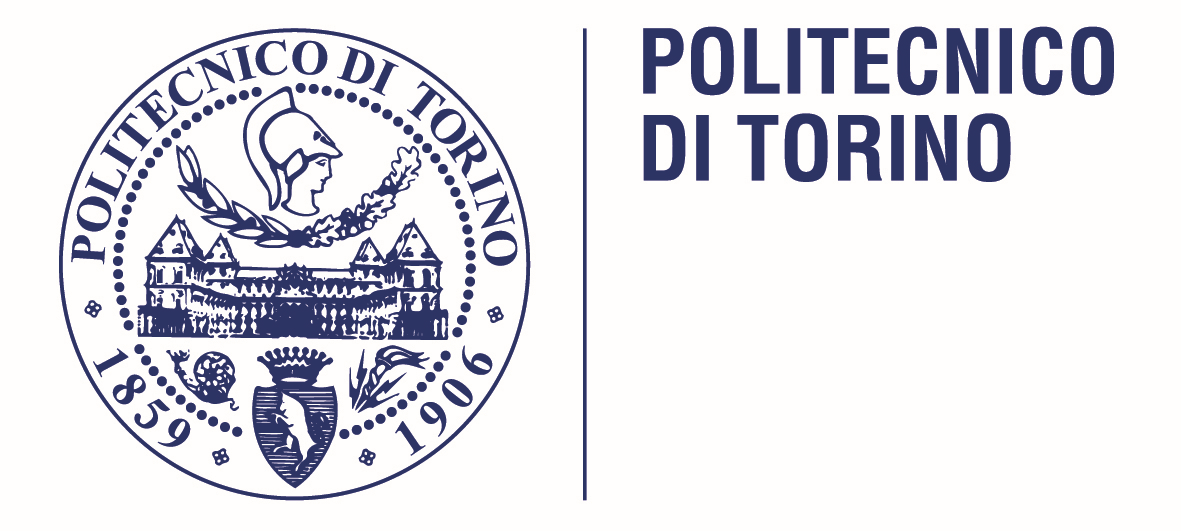| |
Genoa University (UNIGE)
 |
The Department of Physics of the University of Genoa (DIFI) was founded in 1984 as a natural development of the former Institute of Physical Sciences. It is located within a nice and green city area among the hills of the district of Albaro (Via Dodecaneso 33).
|
DIFI today has 9 floors and 14,000 square meters of classrooms, laboratories, offices and a large library. The researchers and teachers are committed to the training of the future generations of physicists and offer two bachelor programs in Physics and in Material Science and a Master Program in Physics as well a PhD program in Physics and Nanotechnology. Scientific research is carried out in the fields of particle and astroparticle physics, condensed matter physics and nanotechnology, biophysics, nanomedicine, and environmental physics. DIFI has been recently awarded “Excellent Department” status, which provided national funds for the creation of a new laboratory, DIFILAB, devoted to investigation of innovative materials.
Participants to the project
- Marina Putti
- Michela Lebole
- Pietro Manfrinetti
- Martina Meinero
- Ilaria Pallecchi
Available equipment
- Chemical laboratory
- Physical Property Mesurement System PPMS system (2-400K; 0-9T)
- SQUID magnetometer (2-400K; 0-5.5T)
- System for measurement of critical current density Jc with a split coil magnet (4.2-30K; 0-7T)
Tasks carried out in the project
- Preparation of target pellets for Pulsed Laser Ablation
- Measurements of magnetoresistance and upper critical field Bc2
- Measurements of transport Jc
- Measurements of magnetization
- Assessment of Coated Conductors (CC) performances
- Project coordination
|
| |
SPIN Institute of CNR (CNR)
|

|
CNR-SPIN has its headquarters in Genoa (Corso Perrone 24), where administrative offices and laboratories for sample preparation are located. CNR-SPIN possesses the skills and capability to support and carry out the management, coordination and financial administration of a European project. Indeed, within FP7 successfully managed 9 Eu projects, out of which 4 with SPIN as coordinator and within Horizon2020 managed 10 Eu projects, out of which 5 with SPIN as coordinator. |
CNR-SPIN researchers physicists and chemists and have a long tradition and competence in materials science, thin film deposition, superconducting tape and wire manufacturing, structural and chemical characterization by XRD, neutron diffraction and synchrotron radiation, thermal, transport and magnetic property measurements.
Participants to the project
- Valeria Braccini
- Emilio Bellingeri
- Cristina Bernini
- Barbara Cagnana
- Matteo Cialone
- Gaia Grimaldi
- Antonio Leo
- Alessandro Leveratto
- Mikhail Lisitskiy
- Andrea Malagoli
- Nicola Manca
- Alberto Martinelli
Available equipment
- Scanning Electron Microscope (SEM) equipped with Energy Dispersive X-Ray Spectroscopy (EDX) microprobe
- Atomic Force Microscope (AFM)
- X-rays diffractometers (2- and 4-circles)
- Pulsed Laser Ablation system for film deposition
- Laboratory for cold working deformation
- Furnaces for high temperatures in controlled atmosphere up to 1600 °C
- Cryogenic-free measurement system (CFM) up to 16T
Tasks carried out in the project
- Thin film deposition
- Oriented metallic substrates for CCs with and without buffer layers
- CCs on technological substrates and metallic oriented substrates
- Measurements of transport Jc
|
|
Roma Tre University (ROMA3)
|

|
The Research Unit ROMA3 belongs to the Engineering Department of Roma Tre University. Roma Tre is a young University founded in 1992 and located in Rome, near the Basilica of Saint Paul Outside the Walls, one of the four major basilicas in Rome. The Engineering Department has more than 100 staff. The Department, which covers most aspects of engineering, applied physics and chemistry, has been selected as "Excellence Department". The personnel at ROMA3 Research Unit has a 30 years expertise in the study of the transport properties of type-II superconductors, with particular attention to surface impedance measurements.
|
The Chemistry of Technologies group participates with its expertise concerning thin film growth, structural chemical and electrochemical characterization.
Participants to the project
- Enrico Silva
- Andrea Alimenti
- Andrea Masi
- Laura Piperno
- Nicola Pompeo
- Giovanni Sotgiu
- Kostiantyn Torokhtii
Available equipment
- Vector Network Analyzer 10 MHz-40 GHz
- Microwave sources 2-20 GHz & 40-60 GHz
- Single- and dual mode dielectric resonators (8-48 GHz ranges), swept frequency Corbino Disk 2-20 GHz
- Variable orientation magnet (1.2 T, 3.5-300K) w/microwave set-up
- Superconducting magnet (12 T, 4-300 K), w/microwave set-up
- SEM with Electron backscatter diffraction (EBSD)
- Electrochemical measurements systems
- Electrochemical Impedance Spectroscopy (EIS)
Tasks carried out in the project
- Microwave characterization (pinning properties, anisotropy, weak-links)
- RF characterization of substrates
- Modelling of Jc and microwave response
- Structural Characterization
|
| |
Politecnico di Torino (POLITO)
|

|
The Politecnico di Torino was founded in 1906 from the roots of the Technical School for Engineers created in 1859. About 35000 students attend its Bachelor's and Master’s degree programmes in Architecture and Engineering. The Politecnico also offers 16 PhD programmes, some of them in collaboration with other universities and research centres. Since 2014 the Politecnico has been involved in more than 250 International Projects and more than 150 National and Regional projects.
|
|
|
The Department of Applied Science and Technology (DISAT) develops and promotes fundamental and applied research concerning with a wide and complementary range of disciplines: physics of condensed matter and fundamental interactions, nanotechnology, chemistry, materials science, metallurgy. DISAT offers PhD’s programmes in Physics, Chemical Engineering and Material Science and Technology. DISAT has been recently awarded “Excellent Department” status, which provided national funds for the creation of a new optical, electronic and atomic force microscopy laboratory.
Participants to the project
- Laura Gozzellino
- Michela Fracasso
- Roberto Gherbaldo
- Gianluca Ghigo
- Francesco Laviano
- Andrea Napolitano
- Daniele Torsello
Available equipment
- Magneto-Optical Imaging system (4-300K, 0-0.2T) with sub-micron spatial resolution
- Hall Probe Scanning Magnetometry (5-300K, 0-5T, spatial resolution ~ 100 mm)
- Vector Network Analyzer equipped for the analysis of superconducting thin films and single crystals at high frequencies (GHz range, 5-300K, 0-5T)
- Transmission Electron Microscope (TEM)
- Sets-up for irradiation of materials at the particle beam accelerators of INFN National Laboratories of Legnaro
Tasks carried out in the project
- Local electromagnetic characterization of substrates and CCs and correlation with structural and morphological patterns
- TEM characterization
- Evaluation of the surface impedance, penetration depth and quasiparticle conductivity of FeSeTe films on dielectric substrate
- Sample irradiation
- Investigation of performances of proof-of-concept devices (Multiphysics modelling)
|
|
Agenzia nazionale per le nuove tecnologie, l'energia
e lo sviluppo economico sostenibile (ENEA)
|
|

|
The skill base of ENEA's Superconductivity Section, located at the Frascati Research Center, ranges from physics and materials science, chemistry, mechanical and electronic engineering and metallurgy to cryogenics. The activities of the group include the study of superconducting materials, synthesis of materials, analysis of electrical and magnetic properties, development of wires and tapes based on these materials, and design and production of high current conductors and cables for large magnets suitable for plasma confinement in reactors for the study of nuclear fusion.
|
|
|
The laboratories boast various physical thin film deposition systems and a chemical laboratory for the preparation of metal organic solutions and for chemical deposition of films. The group possesses structural characterization systems, optical, atomic force and scanning electron microscopy systems with relative laboratory for preparation of standards, and systems for electrical and magnetic characterization of superconducting properties. These activities take place within the framework of national and international projects, e.g. participation in the European programmes for development of nuclear fusion under EUROfusion and ITER IO, and design work on the magnetic system of the DTT experimental reactor at the ENEA Research Centre in Frascati.
Participants to the project
- Giuseppe Celentano
- Antonella Mancini
- Angelo Vannozzi
Tasks carried out in the project
- Development of simple RABiTS substrates (i.e. NiW alloys with simpler buffer structures) in collaboration with the CNR partner
|




